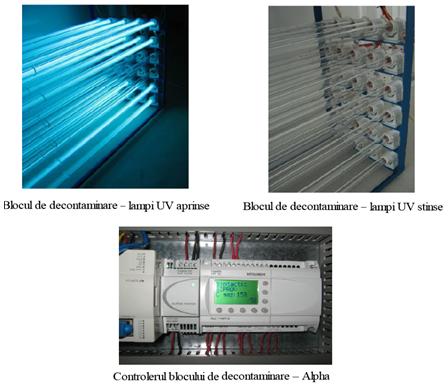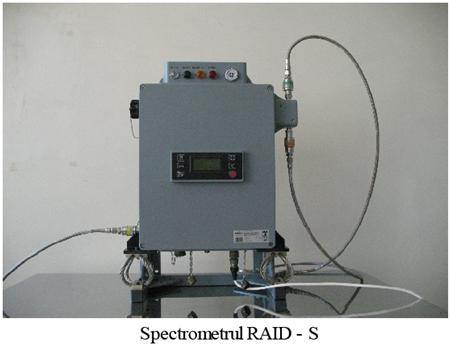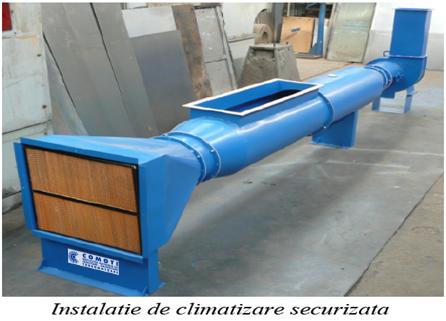|
|
|
| |
 |
Partitipation at National Programmes |
 |
|
| 3.8.22. SIPROV |
General description |
Detailed description |
Results Presentation
Results Presentation
| Stage 1 - Physical and chemical modeling of the dispersion phenomena of the chemical and biological dangerous agents into a building ventilation system
- Elaboration of a criteria set for the classification of the chemical and biological dangerous agents. The criteria set will be done according to the physical, chemical and biological properties. The classification of the chemical and biological agents, according to the established criteria;
- Elaboration of a dispersion model for the chemical and biological dangerous agents into a ventilation system.
Results:
- Research report: classification list for chemical and biological agents suitable for terrorist attacks.
- Computational base for the agent’s dispersion in the ventilation system.
- Documentary study for sensor components.
Stage 2 – Numerical modeling, documentation, design, experimental model manufacturing
- A numerical model for the dispersion of the neurotoxic gases and the biological agents ito a ventilation system will be developed. The obtained numerical solutions will be useful for location of the sensors in order to obtain a maximum sensibility;
- Technical and economical studies regarding on:
- sensors and detection transducers
;
-
conditioning signal devices and controlers
;
-
ozone and UV rays decontamination systems
;
-
dust, polen and other biological agents filters
.
- The general design of the securized ventilation system, concerning the folowing:
- ventilation blocks control for optimum air flow inside the buldind;
-
continuous sampling and identification of air flow for real time detection in case of chemical attack
;
-
UV rays decontamination system control;
-
ozone generator control.
Results:
- Sensor emplacement study;
- Technical-economical studies about sensors, controllers, decontamination system and filtration system;
- Projects for detectors, controllers, decontamination system and niche type systems.
Stage 3 – Completing of experimental testing model
- Completing of detectors for nerve agents, ozone, CO2 and other gases. Completing of ozone generators
- Manufacturing of the controllers, signal conditioning devices and chemical contaminated air fast blocking system ;
- Manufacturing of the filtration blocks, of the UV rays decontamination systems, of the ventilation blocks and of the niche type systems ;
- Manufacturing of the experimental model for secure ventilation system.
Results:
- Manufacturing of composing elements for secure ventilation system (VRS 250D fan, receiver microcontrollers, programmable microcontrollers, RAID-S spectrometer, UV rays decontamination block, ozone generator, filtration block rack, laminar transom, detectors transom etc.).
Stage 4 Experimental model technical testing. Technical adaptations of experimental model in order of pilot station manufacturing. Workshop.
- Technical testing and verifications for experimental model;
- EM adaptation and manufacture completion of prototype installation;
- Final technical testing and experimentation of prototype installation. In-house homologation. Completing of guidance and technical sheet. Workshop.



|
|
General description |
Detailed description |
Results Presentation
|
|
| |
|
|
|
|
|
|
|